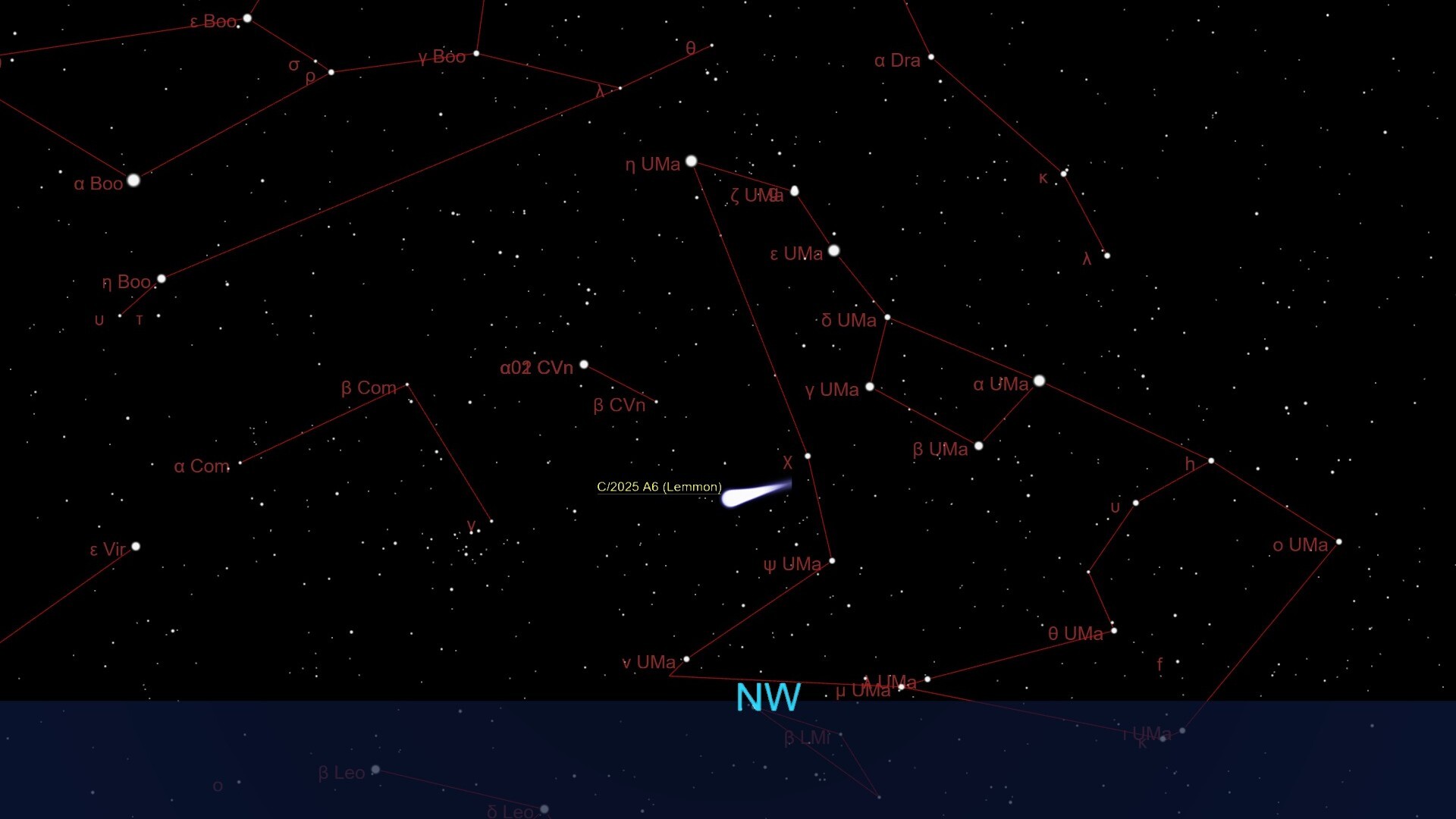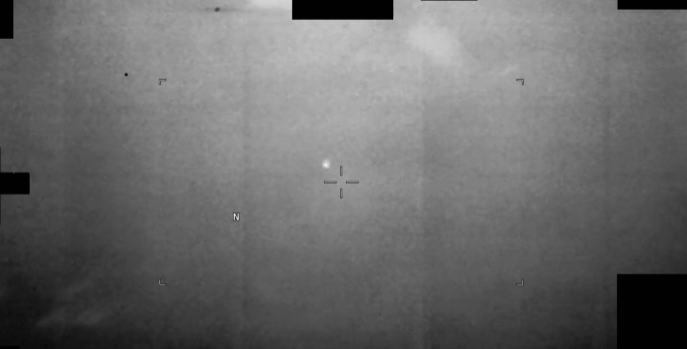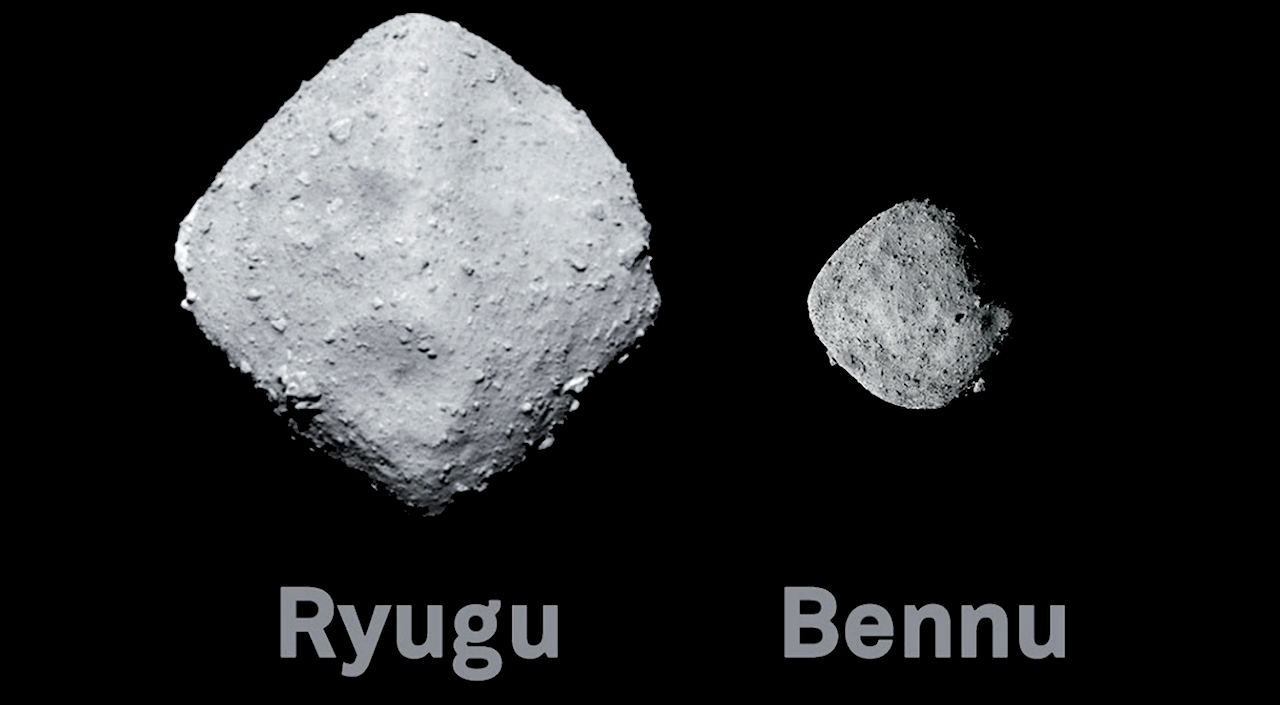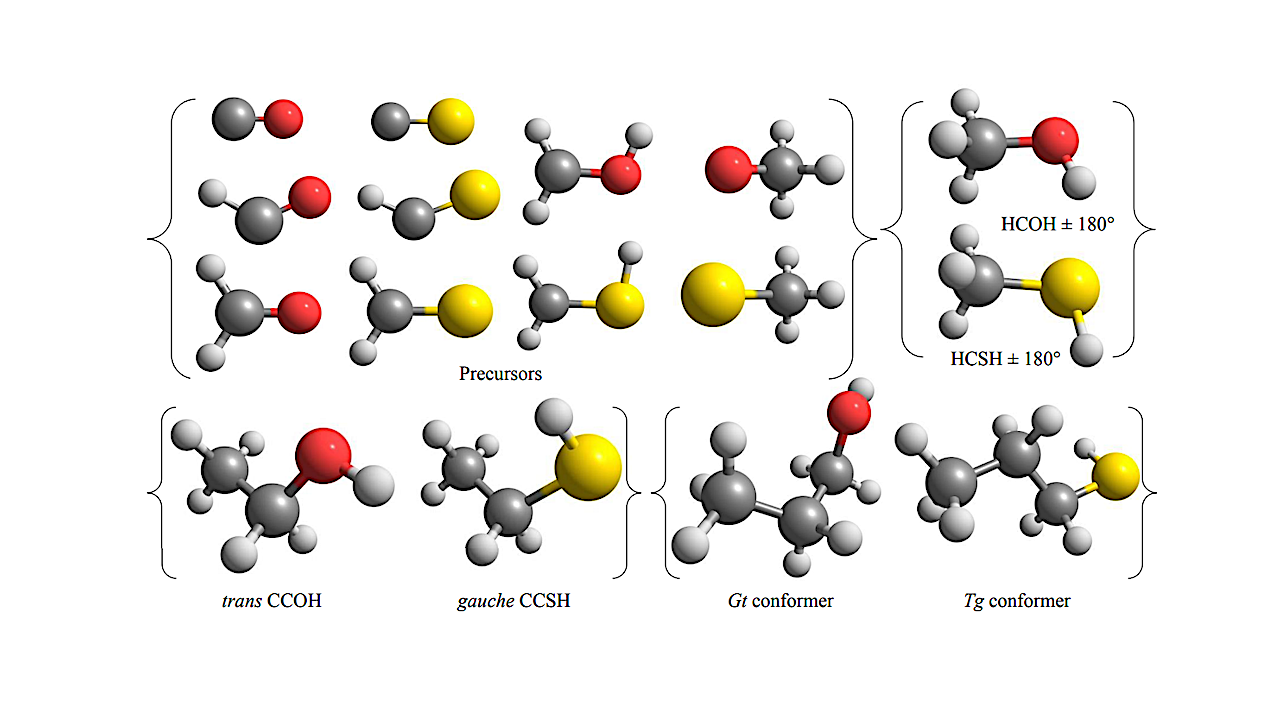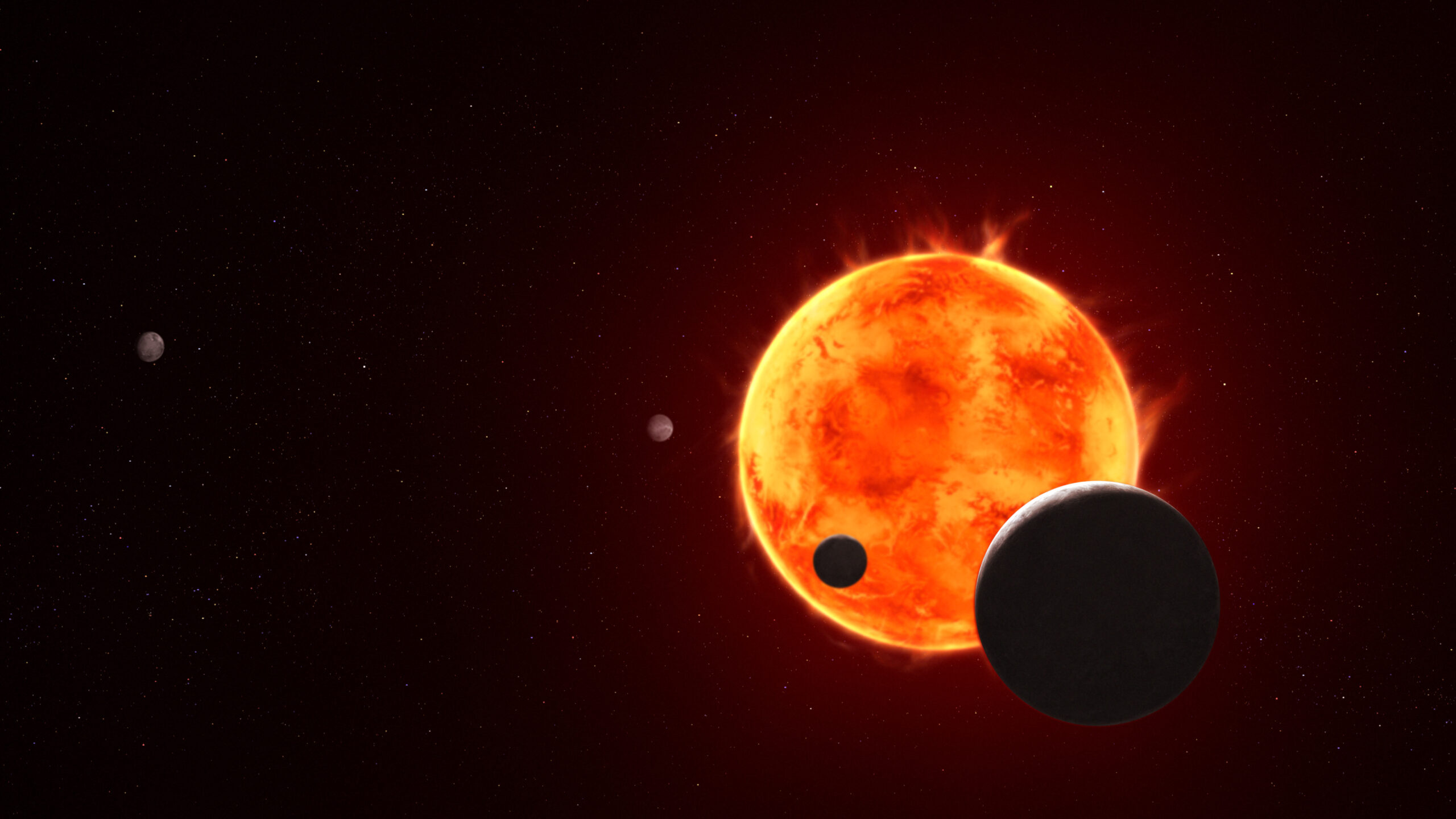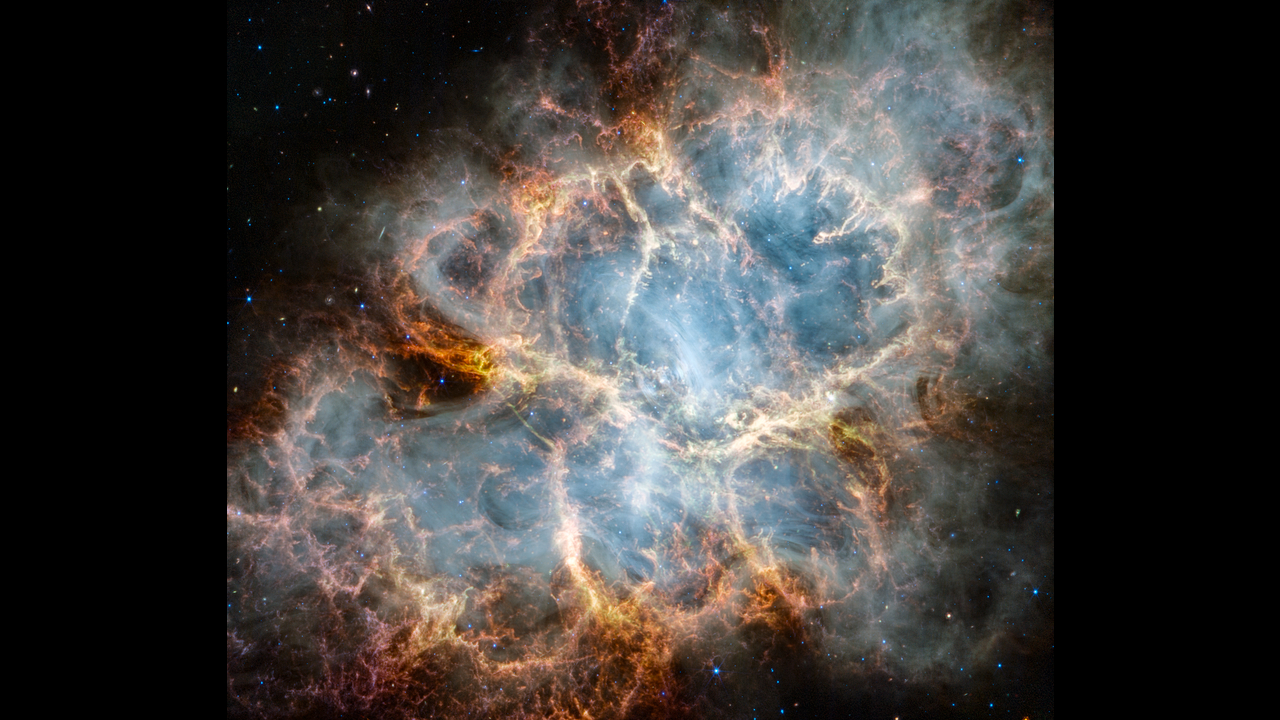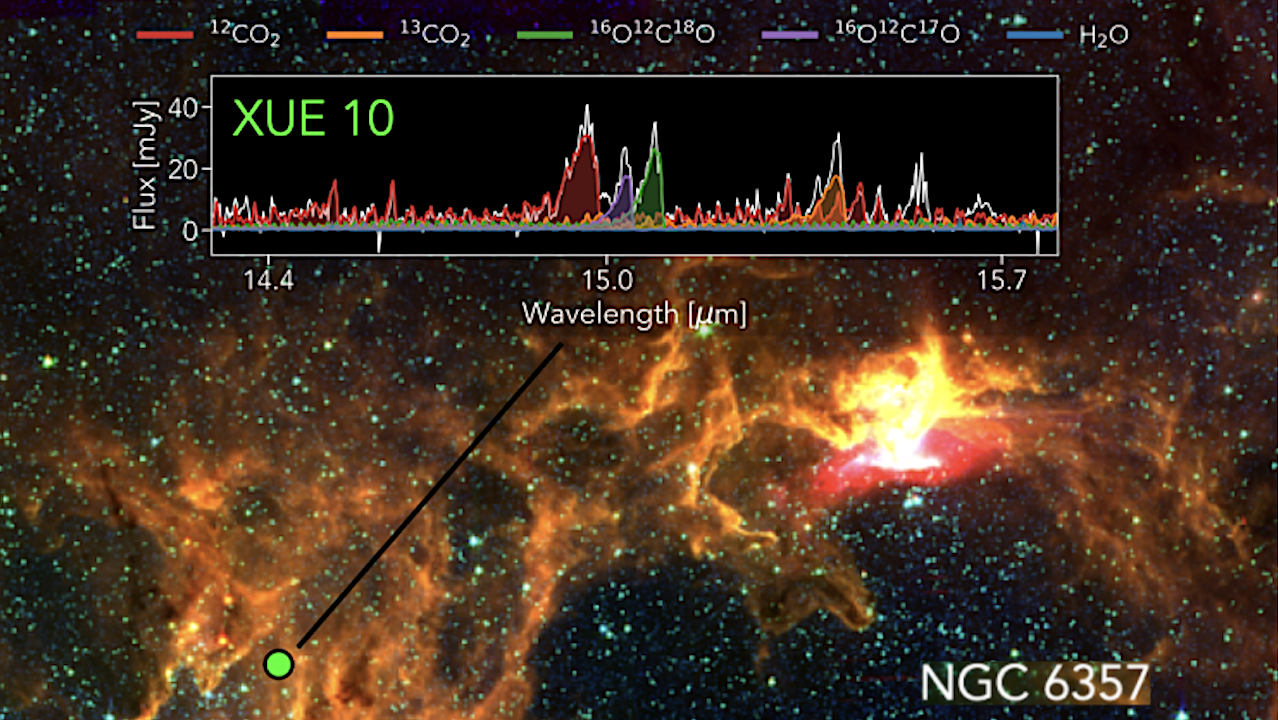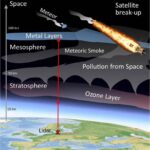In the coming weeks, skywatchers will have an opportunity to view a new comet that is currently inbound on its way toward the sun. This new visitor to the inner
Hot Posts578- Page
(NewsNation) — The Pentagon says that while it recently solved several UFO mysteries, it still cannot identify an unidentified anomalous phenomenon, or UAP, spotted by the military over Europe in
Asteroids Bennu And Ryugu — SwRI A Southwest Research Institute (SwRI) review of data collected from near-Earth asteroids Bennu and Ryugu supports the hypothesis that they were originally part of
The most stable structures of formaldehyde, thioformaldehyde, and their corresponding radicals as precursors, along with the monohydric alcohols and thiol analogues. — Red, white, grey, and yellow balls represent Oxygen,
An artist’s impression captures the essence of TRAPPIST-1e, an Earth-sized exoplanet situated approximately 40 light-years away. As the fourth planet in a remarkable system of seven orbiting the ultracool red
Ireland’s first satellite, EIRSAT-1, has completed its mission orbiting Earth. The CubeSat, which was built and launched by students and faculty of University College Dublin (UCD), will de-orbit in a
A bewilderingly powerful mystery object found in a nearby galaxy and only visible so far in millimeter radio wavelengths could be a brand new astrophysical object unlike anything astronomers have
After the formation of the Solar System, it took a maximum of three million years for primordial Earth’s chemical composition to settle. At the time, there was hardly any water,
This image, which combines infrared data from the James Webb Space Telescope with submillimetre observations from the Atacama Large Millimetre/submillimetre Array (ALMA), shows the doughnut-shaped torus and interconnected bubbles of
An image of the star-forming region NGC 6357 with the young star XUE 10. Photo credit: Stockholm University (SU) and María Claudia Ramírez-Tannus, Max Planck Institute for Astronomy (MPIA). A
-
 012024 in Review: Highlights from NASA in Silicon Valley
012024 in Review: Highlights from NASA in Silicon Valley -
 02Panasonic Leica Summilux DG 15mm f/1.7 ASPH review
02Panasonic Leica Summilux DG 15mm f/1.7 ASPH review -
 03How New NASA, India Earth Satellite NISAR Will See Earth
03How New NASA, India Earth Satellite NISAR Will See Earth -
 04And Thus Begins A New Year For Life On Earth
04And Thus Begins A New Year For Life On Earth -
 05Astronomy Activation Ambassadors: A New Era
05Astronomy Activation Ambassadors: A New Era -
06SpaceX launch surge helps set new global launch record in 2024
-
 07Space Force plans new ‘Futures Command’ amid pressure to speed up modernization
07Space Force plans new ‘Futures Command’ amid pressure to speed up modernization


